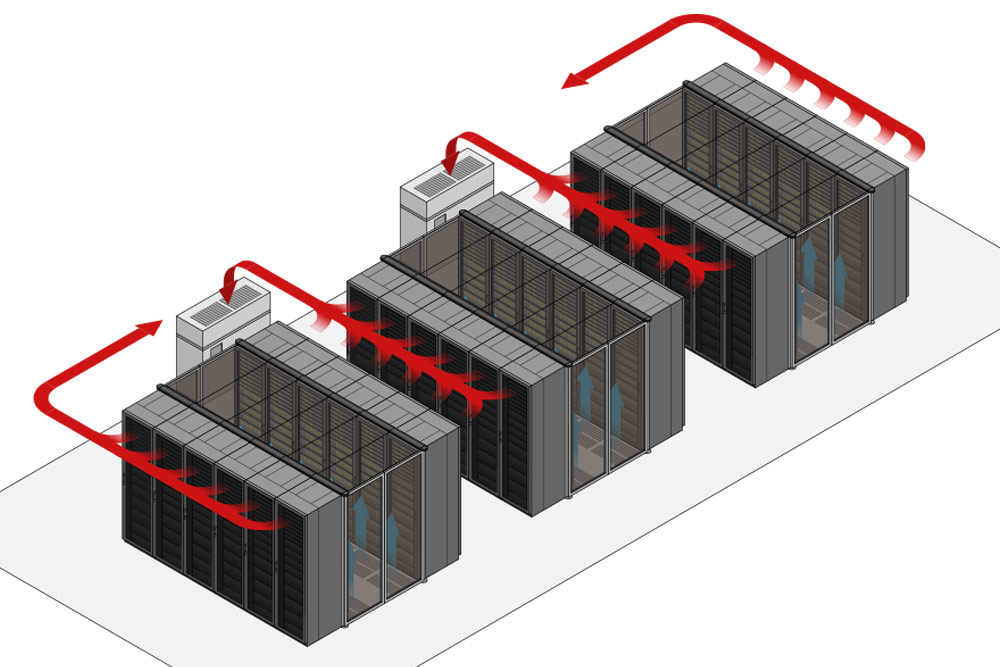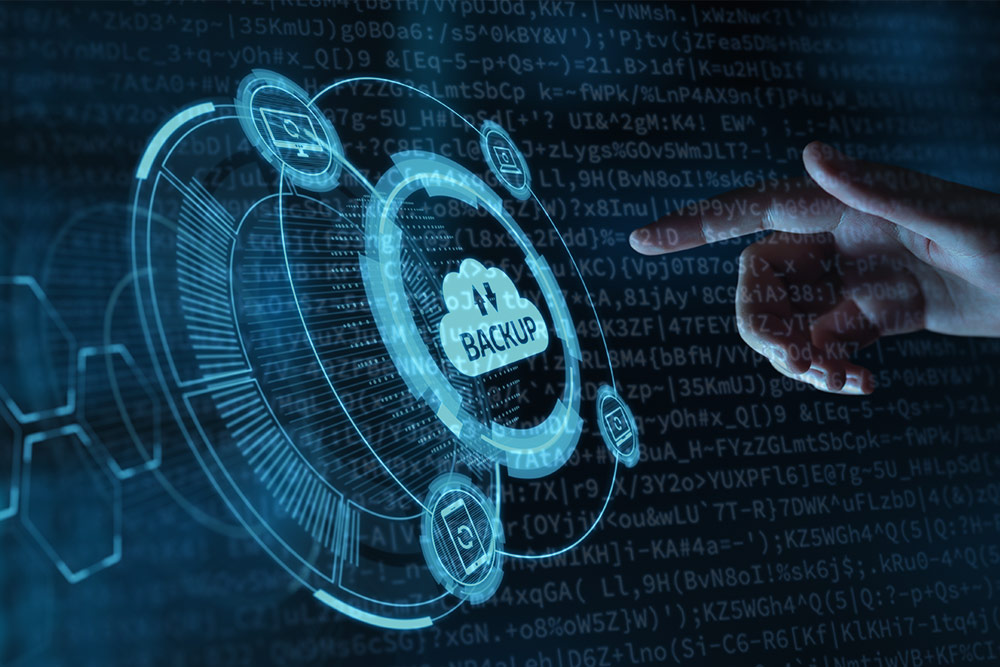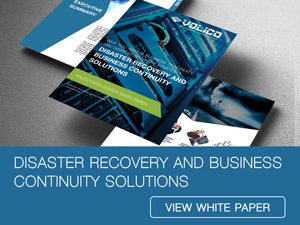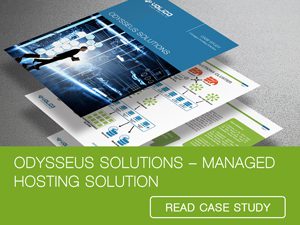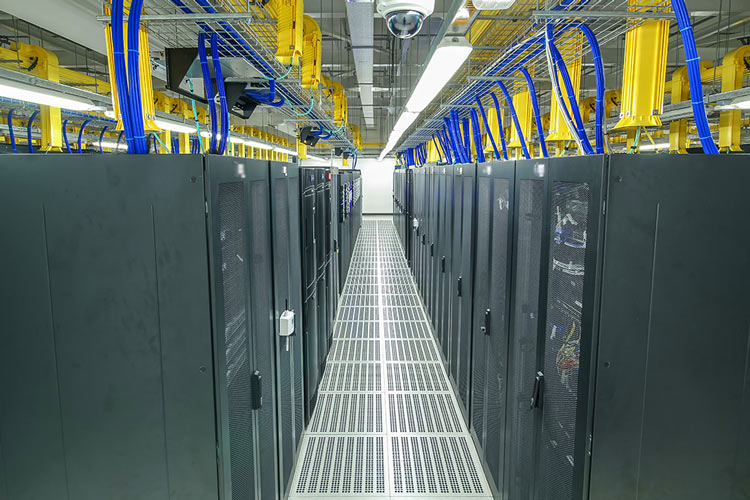In an ideal situation, when the data center is located in a cold geographical area, making free cooling possible, the need for traditional air conditioning systems is significantly reduced. Leveraging outdoor temperatures to cool equipment allows these data center facilities to be energy efficient, boast better PUE values, and have a lower environmental impact. However, most data centers can’t leverage the benefits of a cold climate. Nonetheless, they need to ensure that heat efficiently leaves the equipment. Cooling is one of the biggest challenges in the industry. Data center airflow management plays a crucial role in the efficiency of cooling, preventing overheating, and reducing the risk of hardware failures.
Optimal performance and reliability of equipment are crucial for meeting uptime requirements , and proper air circulation is a must for facilitating cooling and reducing energy waste in the data center.
In this blog, we’ll explain why data center airflow management is so important and provide the essential tips and best practices for achieving perfect airflow in the data center.
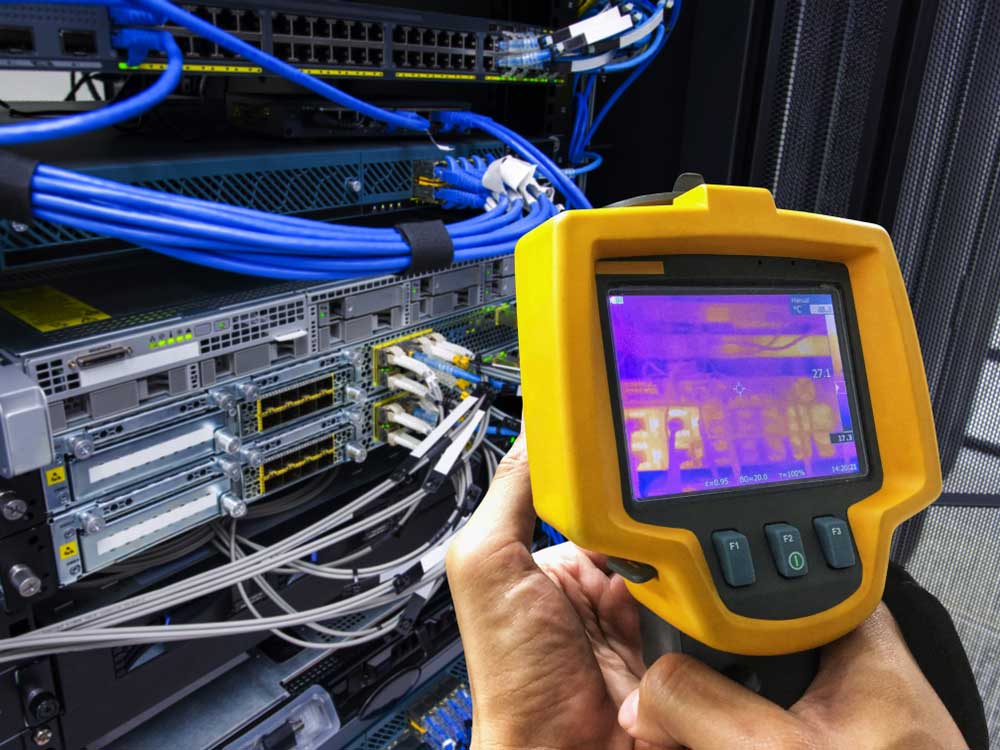
What is The Role of Data Centre Airflow Management?
As a result of the cooling process, data centers have cold air and hot air paths. These need to be kept separate and managed for efficiency. This happens with the help of CRAC units. These monitor and handle temperature, air distribution, and humidity levels in the data center. CRAC units deliver cold air to the servers from the raised floor environment through openings on the floor. On the other hand, the hot air produced by running equipment needs to go back to the CRAC units to be cooled again.
Efficient data center airflow management optimizes the control of these air paths, ensuring that cold air reaches the servers and prevents hot and cold air from mixing.
What Influences Airflow in the Data Center?
Typically, chilled air goes through the IT equipment, and hot air leaves through the back. The hot air has to rise to the ceiling plenum, from where it is sucked into the air conditioner unit. There, it is chilled again and circulated back into the equipment.
While the basics sound simple, many things can influence or divert airflow. It is crucial to pay attention to obstructions or leakages that can disturb efficient flow. For efficient data center airflow management, operators need to ensure that there are no obstructions and hot exhaust air doesn’t mix with chilled air. To prevent having to locate leaks or execute corrections to the airflow design, operators must pay attention to the entire data center ecosystem.
Optimizing Energy Efficiency and Reducing Costs
Because it directly impacts everything, data center airflow management plays one of the most crucial roles in overall data center management.
Cooling requires a lot of power. When it comes to a data center’s PUE (Power Usage Effectiveness) values, cooling influences the numbers the most. Unless the data center is located in a cold region where free cooling is possible, optimizing airflow for efficiency is crucial to making cooling less expensive and more sustainable . Airflow management, inefficient data center design, and inadequate room layout are the main reasons for overcooled data centers. However, poor data center airflow management can lead to several other issues.
Latent Cooling
Inefficient cooling is often a result of hot exhaust air mixing with chilled air on its way back to the cooling unit. This reduces the cooling capacity of the unit and produces a phenomenon called latent cooling. Latent cooling causes humidity levels to drop in the data center, which can impact server performance. Cooling coil condensation is a side effect of latent cooling, which consumes cooling capacity. If too much moisture leaves the data center, the server room can end up drying out too much, requiring additional humidification. This, of course, leads to higher power and water consumption.
Bypass Airflow
As the name suggests, bypass airflow issues occur when the chilled air misses the target server, passing it by and failing to cool it. Bypass airflow can result from cold air leaking through unnoticed gaps in the floor or when cold air mixes with exhaust air because of an empty unit in the rack. Eliminating the causes of bypass airflow is vital to preventing the instability of the cooling infrastructure and reducing power consumption.
Hot Spots
When cooling doesn’t reach everywhere, hot spots can occur. These areas are typically located in the top third of the server, but they can appear anywhere. Hot spots left uncooled can lead to performance issues and risks of equipment failure.
Identifying these vulnerabilities is a top priority for preventing equipment damage and fires. Monitoring the environment and following a few data center airflow management best practices can go a long way in protecting IT equipment and achieving significant improvements to energy consumption and cost savings.

Data Center Airflow Management Best Practices to Keep Things Cool
Having an efficient cooling system is probably the next most important element after ensuring uptime. A few basic airflow management best practices can make cooling more reliable and the risks of failure less probable. Here are a few simple practices that make huge differences.
1. Apply Hot Aisle/Cold Aisle Configuration
We can’t talk about efficient data center airflow management without an efficient layout configuration in the space. A hot aisle/cold aisle configuration is a practice of positioning cabinets in rows, facing front-to-front and back-to-back. The aisle with servers facing each other will become the cold aisle, and the aisle with the backs of the servers facing each other will be the hot aisle. This way, hot and cold aisles are separated, reducing the risk of hot air mixing with cold air.
2. Secure Containment
Arranging the servers is the first step. The next step is to ensure containment so that the cold air has no way to get over the top of the cabinets and mix with the hot exhaust air in the next row. Hot aisle/cold aisle containment is established with the help of structures that work as a barrier. These are panels that physically separate hot and cold environments. Containment seals cold air in the cold aisle. This makes it easier to direct the hot exhaust air into the ceiling vents without the slightest risk of it mixing with the cold air.
3. Improve the Flow of Chilled Air
A vast number of things can impact airflow, starting with the position of air diffusers and grilles. These should be perfectly positioned to reach the equipment. Due to inefficient placement, sometimes the top of the racks doesn’t get enough chilled air, risking the appearance of hot spots. Sometimes, specific areas require more attention. You can ensure additional cooling with the help of in-row and rackmount cooling.
4. Eliminate Leaks
Covering up empty units in the racks is an essential step. This prevents airflow bypass and chilled air from mixing with the hot air in the back, causing inefficiencies. Eliminate all possible leaks, including those around cable cutouts and between cabinets.
5. Remove Obstructions
Obstructions are just as bad as leaks. It’s very important to make sure that nothing is left in the way. Cable management is crucial in this respect, as is making sure there are no tools or objects that can obstruct the vents and block airflow.
6. Optimize the Placement of Perforated Floor Tiles
Chilled air is typically directed at the equipment from under the raised floor. Perforated tiles or grilles in front of the equipment allow the air to pass through. Where these tiles are placed is crucial from an effectiveness point of view. While some of the cabinets don’t require extra airflow and are fine with regular-flow tiles, other, more high-density equipment configurations can require a stronger airflow. In these cases, fans can add volume to the airflow, cooling the cabinet. In many cases, perforated tile placement and additional airflow modifiers are used in mixed configurations within the aisle.
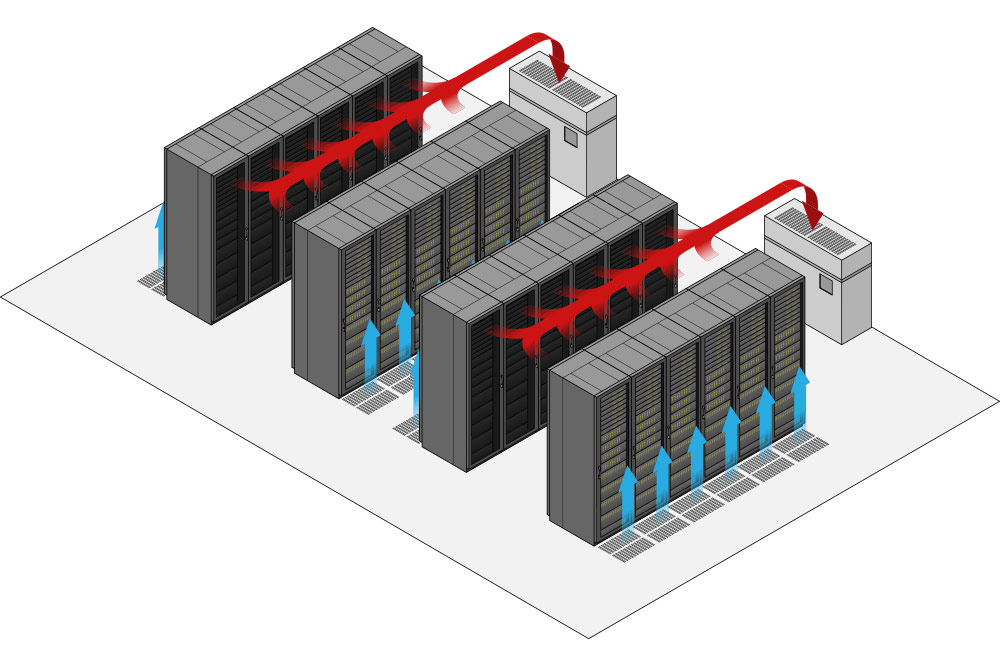 Comprehensive Airflow Management From Volico
Comprehensive Airflow Management From Volico
Our colocation facilities at Volico Data Centers offer complete data center airflow management solutions.
Our data centers are designed to provide efficient airflow. In addition to the usual equipment and accessories, we offer aisle containment, complete cooling systems, and all the accessories needed to prevent bypass airflow.
If you want to learn more about how Volico can help you achieve uptime and cost goals by optimizing airflow, call us today at (305) 735-8098 or chat with a member of our team for details.


